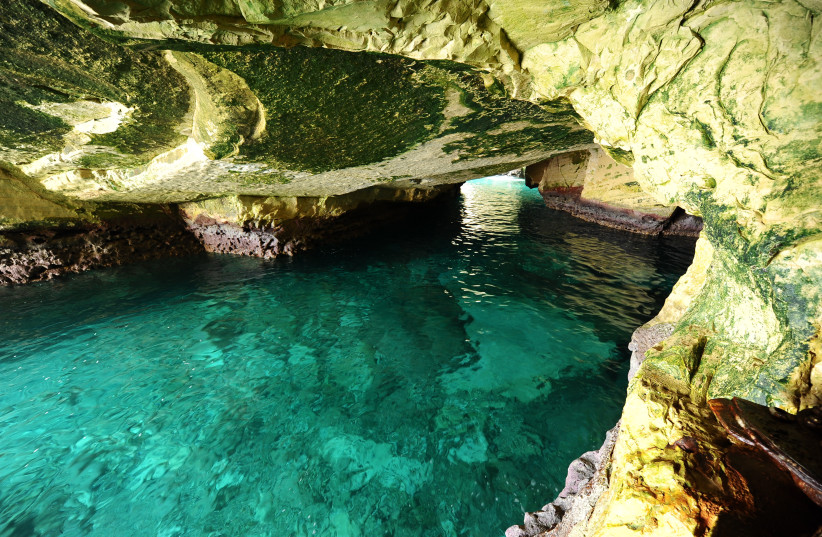Archaeologists excavating a grotto in northwest Italy discovered the burial of a 10,000-year-old infant – the oldest known findings of newborn bones – giving researchers a peek into Mesopotamian society and early human fossils.
The findings, a summary of which were published in the peer-reviewed scientific journal Nature Scientific Reports on Tuesday, occurred in the Grotta Arma Veirana cave in Italy, which was being explored by an archaeological team at the University of Colorado (Denver). The bones were well-preserved, making it easier for researchers to identify the age and gender of the ancient remains.
The girl, dubbed “Neve” by researchers, was around 40 to 50 days old at the time of her burial, according to the study. Neve was buried with 60 shell beads, four pendants and an eagle-owl talon adorned on her corpse, providing a glimpse into the burial customs of that era.
"The evolution and development of how early humans buried their dead as revealed in the archaeological record has enormous cultural significance," researcher Jamie Hodgkins said in a press release.

Hodgkins continued that the findings showed that infants – specifically females – were considered equal to adults and other persons in burial traditions. Archaeological research on females is scarce, as many remains are assumed to be of males, says Hodgkins, who argued that a burial like Neve’s is reason to look more critically at historic archaeological research.
“This is about increasing our knowledge of women, but also acknowledging that we as archaeologists can’t understand the past through a singular lens,” declared Hodgkins. “We need as diverse a perspective as possible because humans are complex.”
